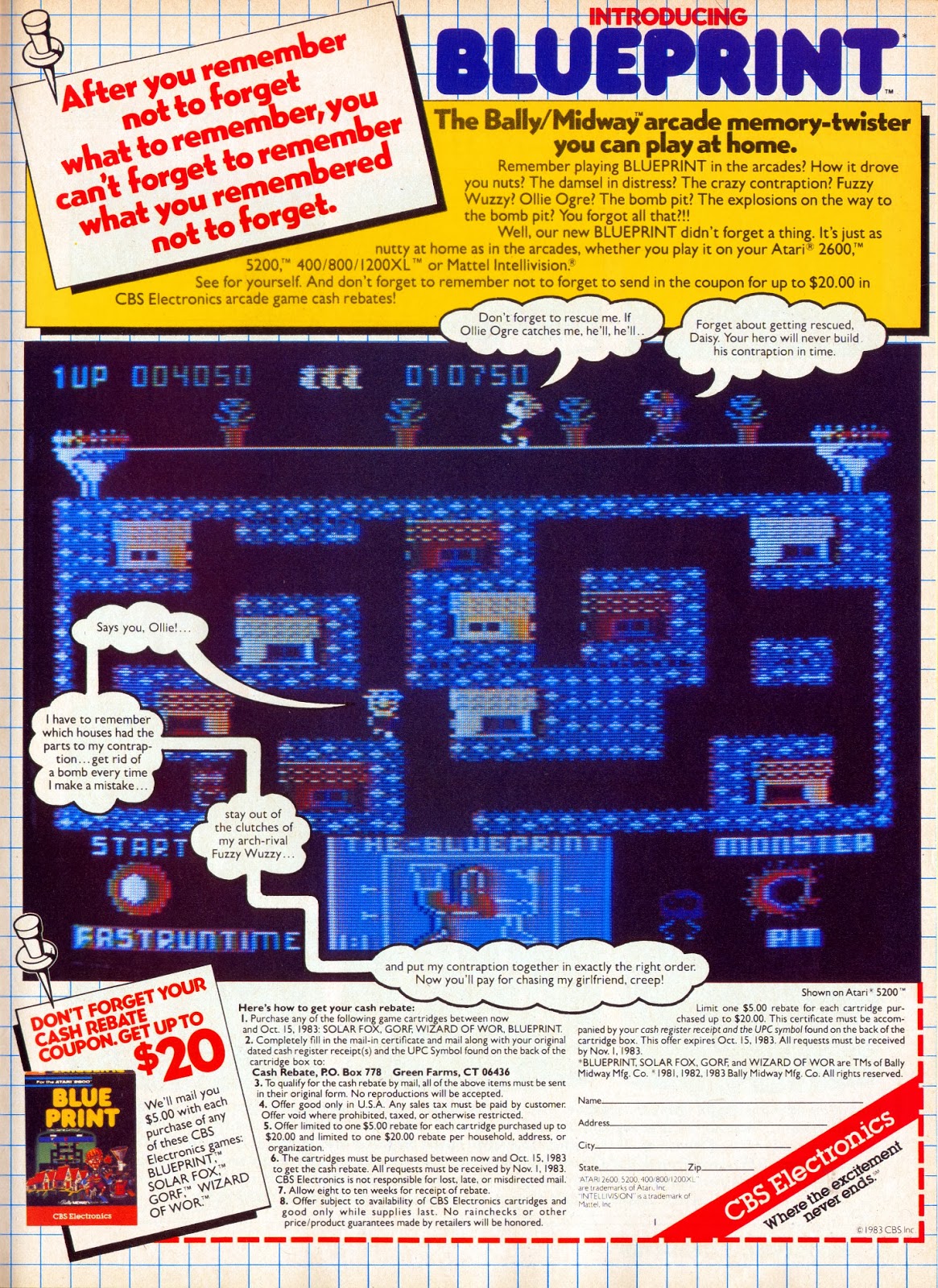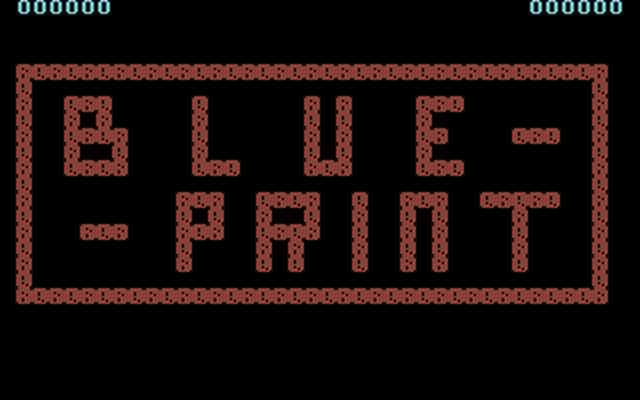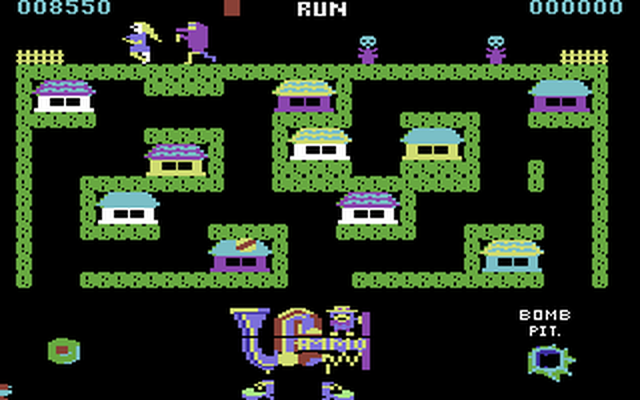Advertisement for Commodore for the various game software available for the Commodore 64 and VIC-20 from the March 1984 issue of Ahoy!

Issue Number 3
March 1984
Commodore Computers
Source: Ahoy! – Issue Number 3 – March 1984 – – Commodore Computers
The ad above is from the March 1984 issue of Ahoy! magazine which was a magazine dedicated to Commodore computers. It illustrates one of the reasons I think Commodore’s home computers became such a huge success so quickly.
The first and most important reason of course was price. Because of Commodore’s vertical integration, they could price their machines lower…sometimes much lower…than the machines of their competitors. This was a double edged sword though in that their low price added to the perception that Commodore’s were just toys.
Besides price though, Commodore also did a very good job of supporting their computers with 1st party software in the early days. I think people sometimes forget just how popular the VIC-20 really was (if you are old enough to remember in the first place anyway). It was the best selling computer of 1982 with 800,000 units sold and it was the first computer to reach 1 million in sales. This success was due to its low cost as well as the outstanding games available for it. Games for the VIC-20 so if you wanted a pure games machine of much better quality than say an Atari 2600 then the VIC-20 was a great and inexpensive option. In addition to games and other uses as a home computer, the VIC-20 even found success in other areas. Wikipedia mentions one example with the Fort Pierce, Florida, Utilities Authority using VIC-20s to measure input and output of their generators and to display this information throughout the plant.
The VIC-20 would not be discontinued until 1985 at which time the Commodore 64 was taking its place as the best selling home computer. As with the VIC-20, Commodore did a good job releasing games as well as application software in its early days. Eventually 3rd parties would dominate software and peripheral releases on both machines but in the early days of each machine, Commodore’s support made a significant difference in making Commodore stand out from its competitors (I’m looking at you TI).



